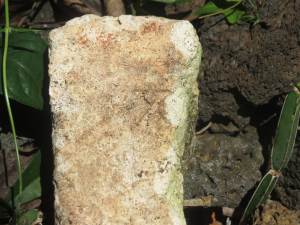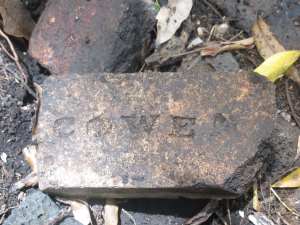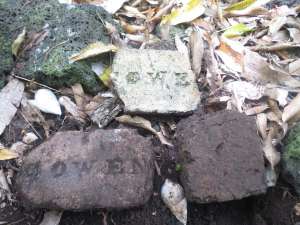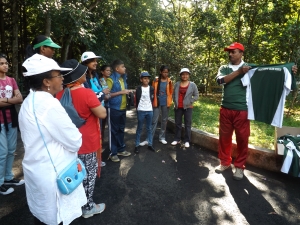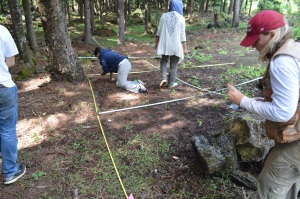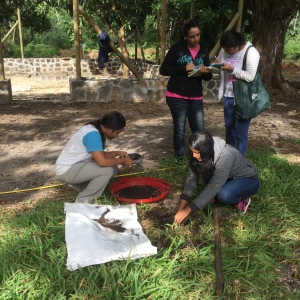Buttons are one of the most intimate items we find in excavations. While they are certainly a functional part of dress, they are also an outward expression of the identity of their wearer. Modes of bodily adornment express individual style, but can also signify belonging to a community or group.
Bone Brass Shell
Archaeologists Geoffrey and Francoise Summers found button making waste on excavations on Ile de la Passe. While we didn’t recover any button-making materials in Bras d’Eau, the Summers’ discovery suggests that bone buttons in Bras d’Eau were likely made by hand in Mauritius.






We also found 15 buttons from British military-issued uniforms with a crown and regiment number in the center. According to Mauritian cultural historian Amenah Jahangeer-Chojoo (personal communication), indentured laborers sometimes purchased second-hand uniforms because they were warm and well-tailored. One could also run a small business gathering up and re-selling these outfits. I still need to track down the regiment numbers on these buttons to see whether these regiments passed through Mauritius or whether the clothing was shipped in from elsewhere. My preliminary searches showed that these regiments were based around the Indian Ocean.
Anthropologists have looked critically at the intersection of globalization and second-hand clothing in non-western societies (Hansen 2000; Na’amneh and Husban 2012; Appelgren and Bohlin 2015) and in doing so are moving away from older anthropological models that identified such societies “cargo cults.”
We might see these buttons as representing the beginning of this global trend of shipping second-hand clothing to the global south.




Other clothing included D-ring belt buckles, fasteners, and jewelry, including a cuprous ring and some very small fragments of a red and black glass bangle.



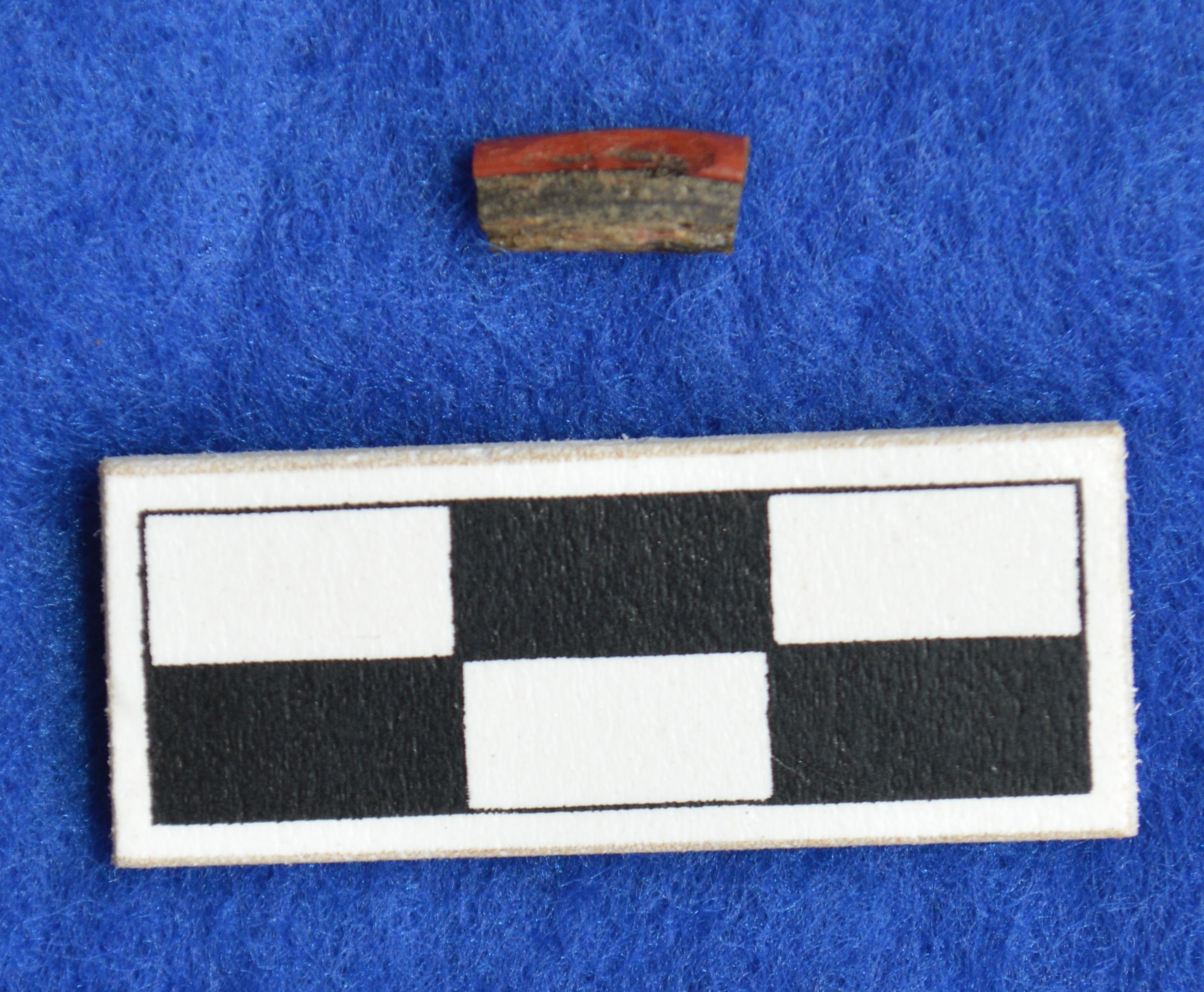


For more check out Dr. Diana Dipaolo Loren’s 2011 book, The Archaeology of Clothing and Bodily Adornment in Colonial America!
And this 1994 thesis on the manufacture and chronology of buttons from a student at the University of Tennessee, Sarah Elizabeth Marcel.
Citations:
Appelgren, Staffan & Anna Bohlin: “Growing in Motion” Culture Unbound, Volume 7, 2015: 143-168.
Hansen, Karen Tranberg. Salaula: The World of Secondhand Clothing and Zambia. Chicago: University of Chicago Press, 2000.
M.M. Na’amneh & A.K. Al Husban. “Identity in old clothes: the socio-cultural dynamics of second-hand clothing in Irbid, Jordan,” Social Identities, 18:5, 2012: 609-621. DOI: 10.1080/13504630.2012.692897














